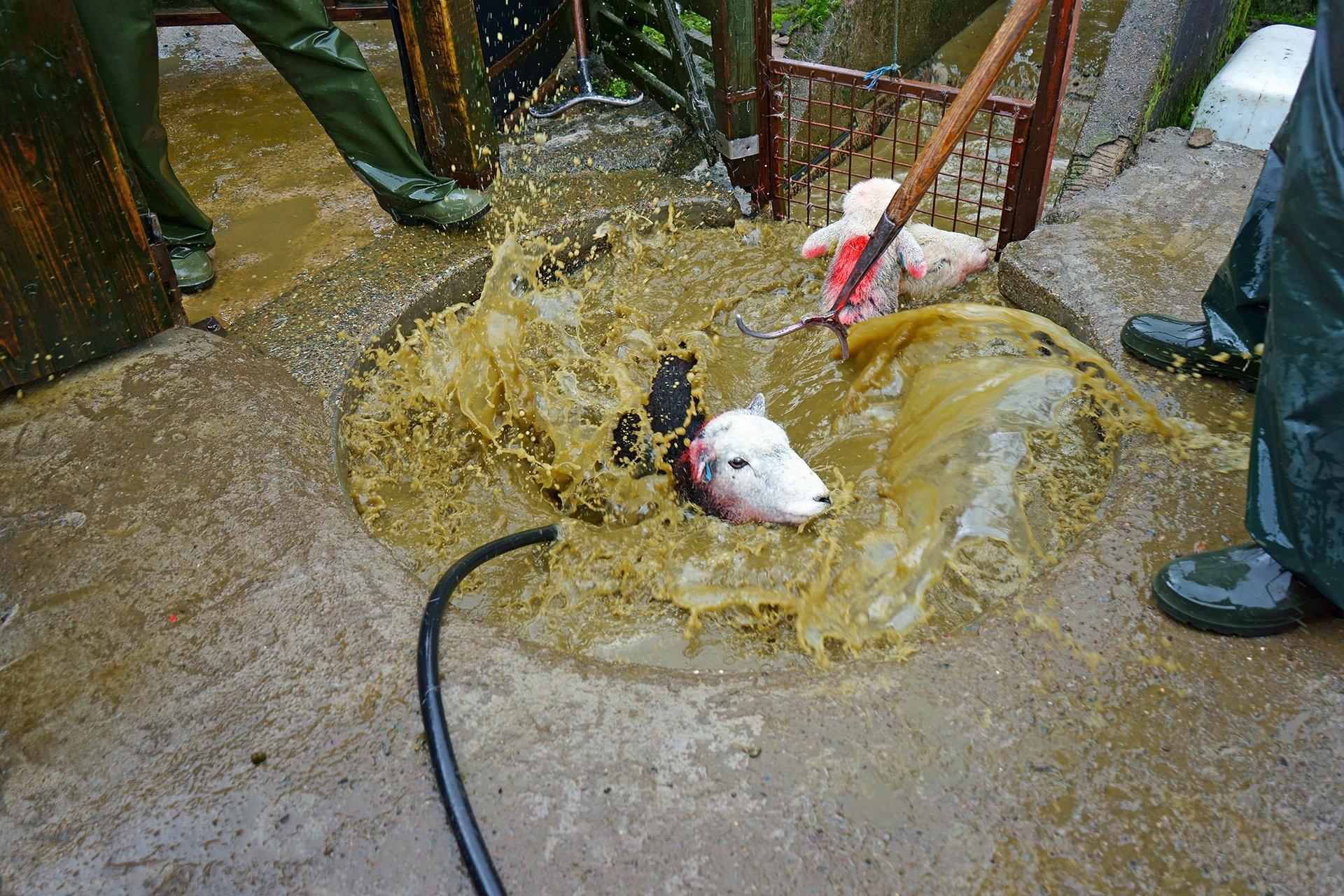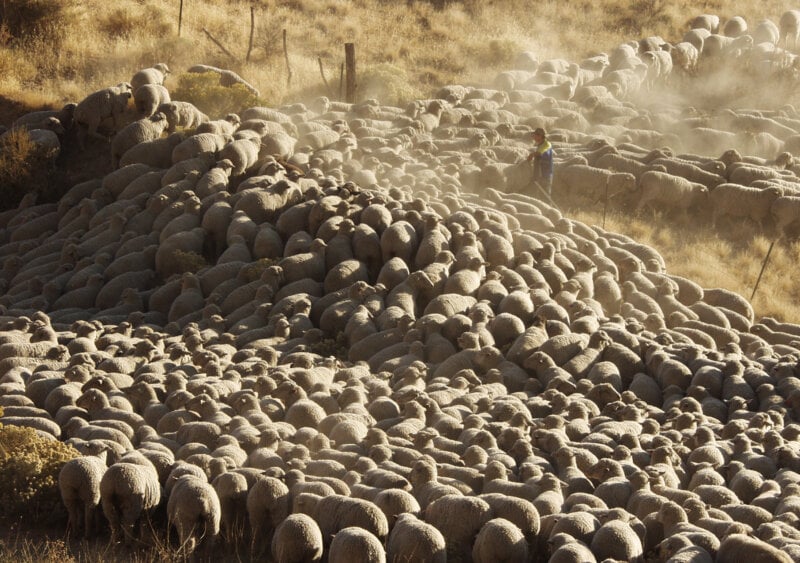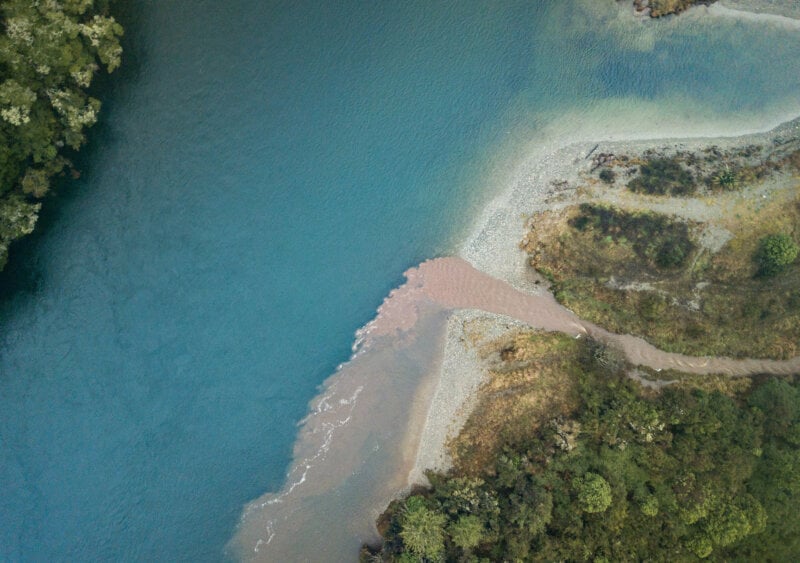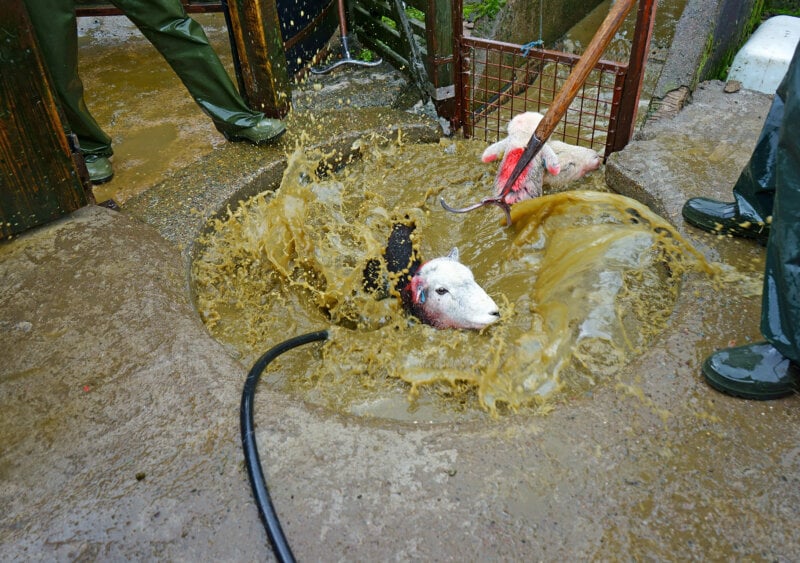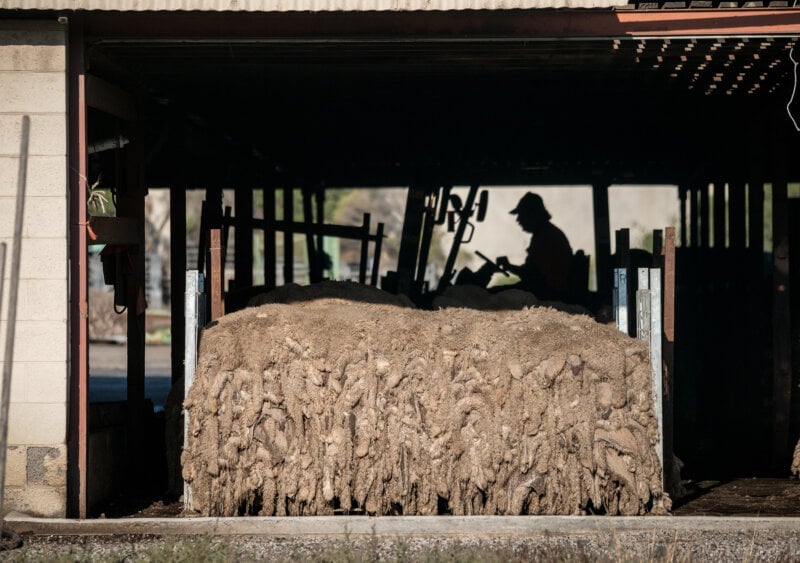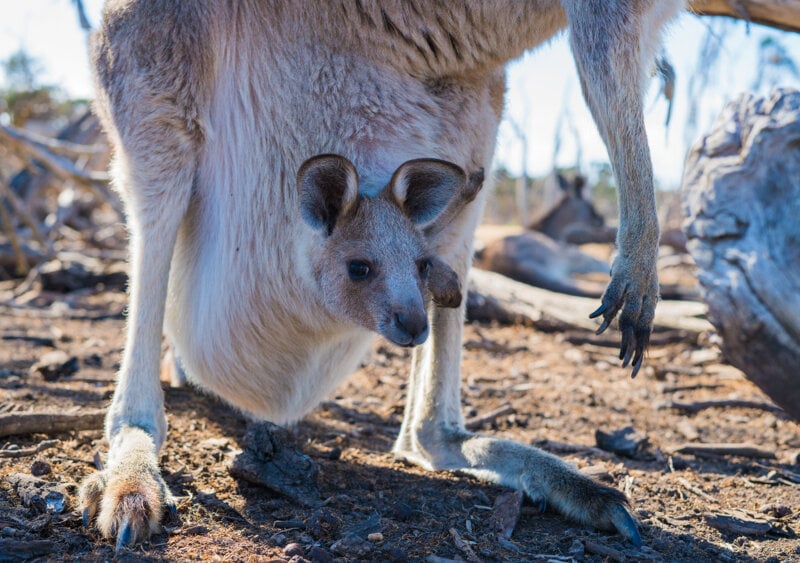Sheep Dip
Because of the way sheep are bred by humans, they’re completely unequipped to rid themselves of parasites nesting in their warm wool. To combat this condition, sheep farmers “dip” sheep in insecticides to help prevent infestations of lice and blowflies and avoid flystrike.
Arsenic was widely used to control parasites on sheep until the 1980s. A carcinogen, it’s highly toxic to humans and animals, including the workers tasked with dipping the sheep and the sheep themselves. Arsenic exposure can lead to irritation of the stomach and intestines, skin changes, reduced nerve function, and damage to blood vessels. Repeated exposure can be fatal.
Arsenic doesn’t break down in soil and can slowly leach down through the earth to contaminate ground and surface water. In the past, waste from sheep dips was sometimes disposed of directly into waterways and drains.
Soil at the run-off zones of old dip sites often still contains high levels of arsenic. Research by Environment Waikato found that 96% of former sheep-dip areas are, to this day, contaminated with arsenic to an extent that poses significant risks to human and animal health. Likewise, a Scottish study of 795 sheep-dip facilities found that 40% presented a pollution risk.
Sheep farmers “dip” sheep in insecticides to help prevent infestations of lice and blowflies.
A Scottish study of 795 sheep-dip facilities found that 40% presented a pollution risk.
Because arsenic is difficult to break down, its presence sometimes persisted in the shorn wool and sheep and lamb meat.
Sheep dipping, spraying, and jetting no longer use arsenic, and the rules regarding the application and disposal of chemicals are much more stringent. However, descriptions of the chemicals still on the market to control parasites on sheep hardly make for comforting reading:
- Organophosphates including diazinon are still available in some countries, despite being banned in the European Union and regardless of evidence that they’re highly toxic to bees, birds, fish, and mammals (including humans).
A survey conducted by Australian Wool Innovation in 2006 found that the use of diazinon as an anti-parasite treatment for sheep was still widespread – over 50% of the wool surveyed had detectable residues. In 2007, the Australian Pesticides and Veterinary Medicines Authority discontinued the use of chemicals containing diazinon to control lice in sheep using plunge and shower dipping or jetting. However diazinon-based products can still be used in “backlining” – meaning the chemicals can still be poured on the sheep’s back. In 2008, temephos (an organophosphate by a different name) was relaunched as a sheep dip for lice control, so in the end, organophosphates remain on the Australian market today.
Despite a backlash about illness caused by low-level exposure to organophosphates, it’s still used for dipping and the treatment and prevention of sheep scab in the UK. - Synthetic pyrethroids (SP) like cypermethrin and pyrethrins have been widely accepted as a replacement for organophosphates. SPs are considered low risk for mammals but are highly toxic to fish and linger in the environment.
- Neonicotinoids have been implicated in cases of colony collapse in bees, and Imidacloprid (a brand using neonicotinoids registered for use in New Zealand) is toxic to fish and some bird species and highly toxic to aquatic invertebrates.
- Insect growth regulator insecticides fall into two categories: benzoylphenyl ureas (BPU), such as diflubenzuron and triflumuron (for lice control), and triazine and pyrimidine derivatives, such as cyromazine and dicyclanil (for fly control). BPUs are also toxic to many species of aquatic insects and crustaceans and break down slowly in the environment.
- Ivermectin is a nerve poison with rapid effects that belongs to the macrocyclic lactone (ML) class of insecticides. ML has been hailed by the industry as having “minimal risk”, but scientists have identified toxicities to microbes, earthworms, algae, and fish. Researchers also admit that environmental consequences to non-target organisms are “still difficult to assess but surely significant”.
- Spinosad, which is sold under the name Extinosad in Australia, has a hazard statement that reads, “Spinosad may cause target organ damage through prolonged or repeated exposure[.] Toxic to aquatic life with long lasting effects[.] Very toxic to terrestrial invertebrates.”
